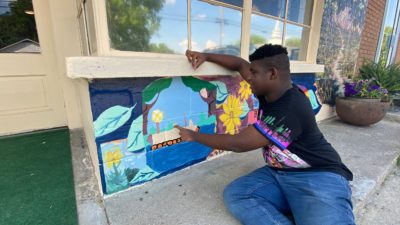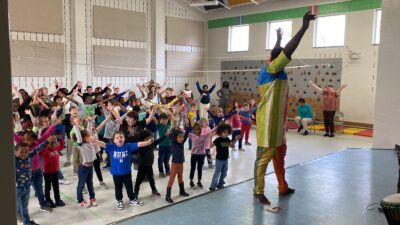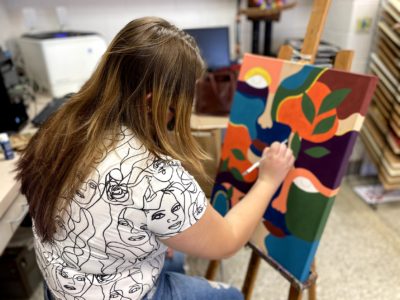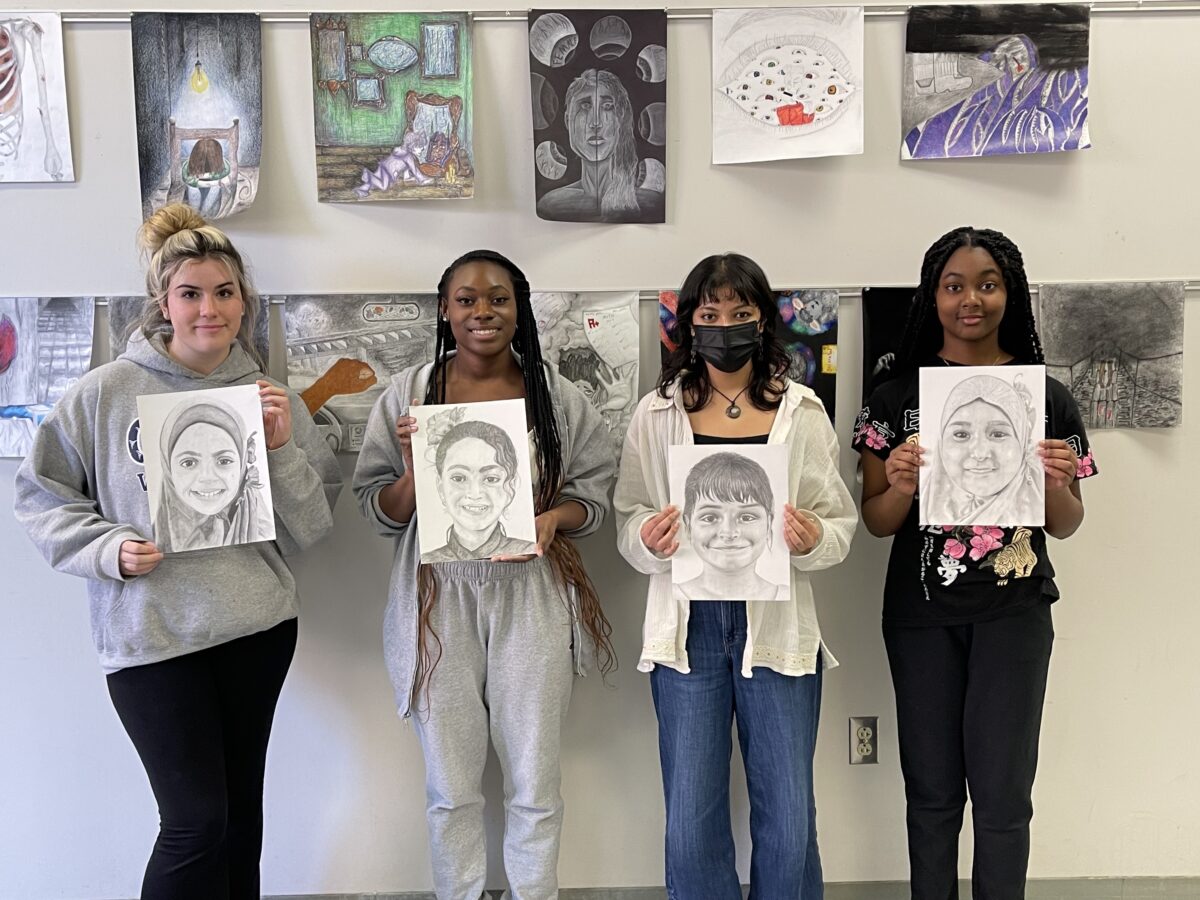

Share this story
- Arts students @WhirlieNation are participating in the Memory Project, a youth arts organization promoting cross-cultural awareness, connection, and kindness.
- This month is Youth Art Month, and the cause for celebration is encapsulated by the students in Heather Ellington’s Art III class at @WhirlieNation in Guilford County.
|
|
This month is Youth Art Month, and the cause for celebration is encapsulated by the students in Heather Ellington’s Art III class at Grimsley High School in Guilford County.
Among those students are Abby, Sy Raiah, Kymleah, Indira, and 23 others who are all participating in the Memory Project, a youth arts organization promoting cross-cultural awareness, connection, and kindness.
Through the organization, arts teachers from across the country sign up and are matched with a group of children from across the globe, and the teachers’ students are then charged with drawing portraits of the children to be hand delivered.
Ellington let her students choose the child they wanted to draw instead of assigning them in order to ensure the connection they formed was natural. Even from across the world, her students have managed to form a profound connection to those children.
The mission of the Memory Project
The children receiving the portraits face many types of challenges, like violence, displacement, and poverty. Ellington’s students were matched with a group of Syrian youth and started their portraits just a few days before the devastating earthquake, which measured at magnitude 7.8, struck the country in February.
Students were worried about the safety of their global peers, demonstrating how the cross-cultural connection had already started to take hold, but Ellington assured her class that the children had not been impacted by the natural disaster.
Aside from the photograph that was provided to base the portrait on, some of the Syrian children also shared their favorite color, a word to describe them, or other descriptive characteristics. Ellington’s students decided who to draw based on who they felt most connected to, whether it be on account of sharing similar backgrounds, facial features, or favorite colors. While working on their portraits, Ellington’s students grew more and more connected to their muse.
The portraits honor each child’s identity and serve as a keepsake for children who often have very few personal belongings. Most importantly, the portraits send the message that someone from across the globe recognizes their strength and is in their corner.
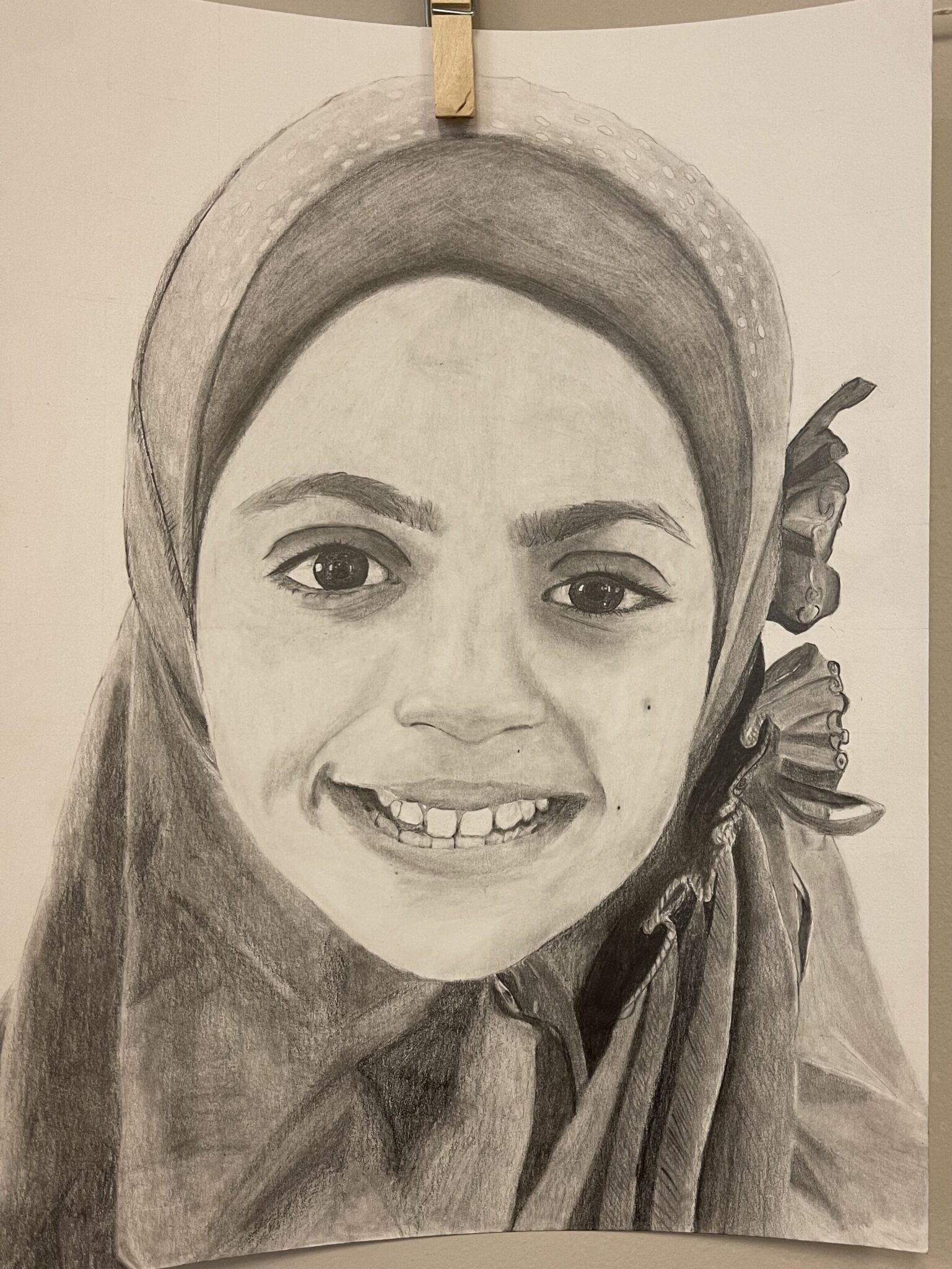

Abby, one of Ellington’s students participating in the project, said the portrait acts to memorialize these children’s childhoods, offering them a memory of their past in the form of a piece of art that they can always look back on.
Once the students complete their portraits, Memory Project founder Ben Schumaker will deliver them to the children in Syria and film their reaction for Ellington’s students.
For confidentiality reasons, Ellington’s students and the Syrian children don’t meet or communicate with one another. However, on the back of each portrait, Ellington’s students will outline their hand so that the Syrian children can place their own hand within it to further the connection.
Making a difference from across the world
When Ellington heard about the Memory Project at a professional development session last summer, she knew she had to get her students involved.
“This will give my students an opportunity to not only stretch themselves artistically, but to also give them a global perspective and (to become) a true global citizen,” she said she thought to herself.
The internet connects all corners of the world, but it was important to Ellington to be able to utilize that asset for the greater good. She wants to ensure that her students have a full grasp of what exists beyond the four walls of Grimsley High School.
“We can make a difference from literally across the world – from Greensboro, North Carolina all the way to Syria – which is incredible to me,” she said.
It is clear that the ability to make such a difference has resonated with Ellington’s students.
“There are a lot of ways you can reach out to help people that aren’t super expensive or complicated, like doing stuff as simple as drawing portraits can help impact somebody and make somebody’s day,” student Syraiah said.
The idea is that participating in a project like this will drive students to continue to have the desire to make a difference in people’s lives, whether it be from across the globe or in their own backyards.
The impact is twofold
Ellington’s students were grateful not only for the opportunity they have been given to put a smile on the faces of children across the world, but also for the chance to expand their artistic capabilities.
Ellington says despite the distance, her students are fully committed to creating a piece of art that will resonate with them. They are leaving no room for error, ensuring that every fine line, dimple, and facial expression is captured accurately in their portrait. To achieve that level of detail, they have had to challenge themselves artistically.
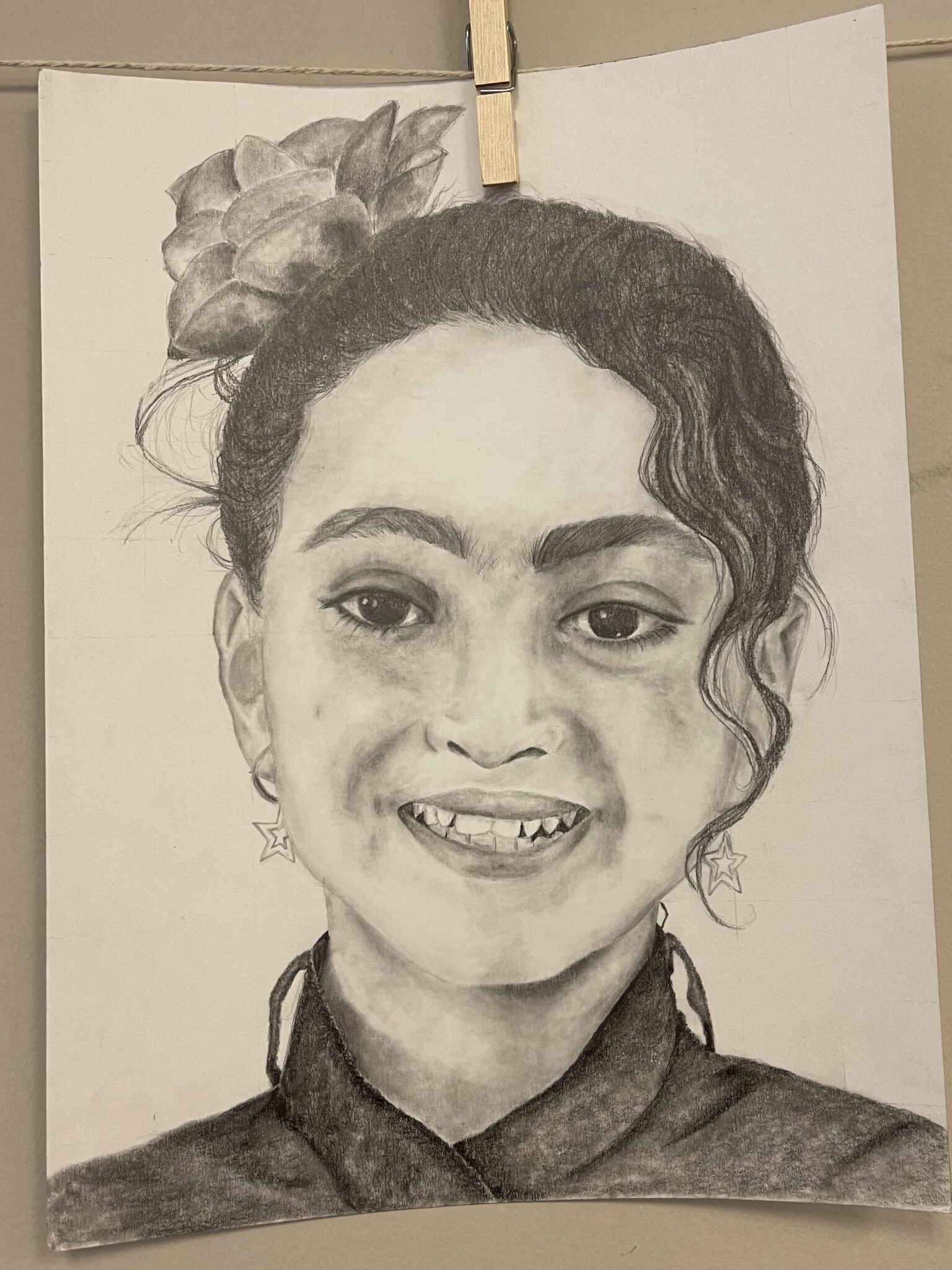

Through the work on her portrait, Indira expressed that she has been able to grow her technical skills in art.
“I had no idea how to draw realistically until Ms. Ellington showed us these different techniques, such as the grid method or the shaping method, and dissecting each part of a range of values that I feel like before this, I never noticed anything within photographs,” she shared.
Kymleah had a similar experience to Indira, saying that the hours she committed to drawing her portrait has paid off, as she has produced a meaningful piece of art that she is proud of.
Ellington’s students relied on their artistic visions to incorporate personal details shared by the Syrian children into their portraits.
See a collection of the portraits drawn by Ellington’s students below.
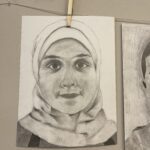

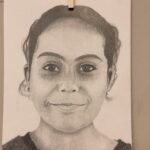

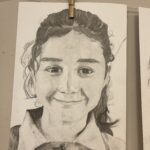

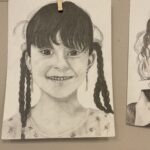

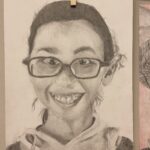

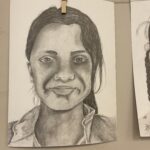

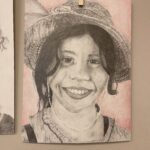

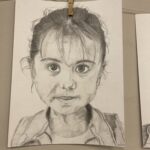

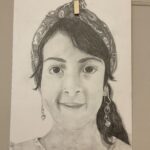

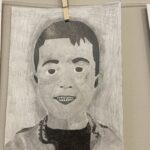

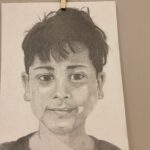

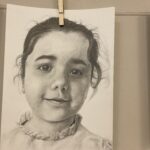

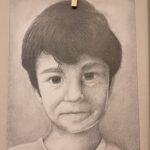

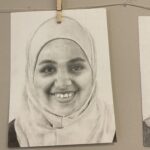

Arts education matters
Ellington’s dedication to developing her students’ artistic capabilities as well as their mindfulness of the world around them is one example of how arts educators are important. But it is her students, she said, who were making the real difference.
Her students were eager to praise Ellington’s style of teaching. She is hands-on and lively, making sure to form personal connections with everyone in the room. It is why they love coming to her class, they said.
Reflecting on the importance of arts education, Ellington said she got chills.
“The arts, encompassing visual and performing arts, is the reason that these kids come to school. And I get really passionate about that,” she said.
Central to Ellington’s style of teaching is the interdisciplinary methods she incorporates to ensure that students can use the skills they learn in her class to be better prepared to take on material in their core classes.
“I can be the math teacher or the science teacher and incorporate these concepts in a way that’s a creative outlet for these kids. And that’s what makes me so passionate about being a teacher, and having an art class.”
Heather Ellington
Both Ellington and her students also emphasized the positive impact of having a creative outlet like an art class. Kymleah said she has been drawing for as long as she can remember, and it has been a chance to express and cope with her emotions.
The Memory Project has been the perfect opportunity for these students to develop their creativity, express themselves, and build upon their techniques through interdisciplinary learning. It is a prime example of the profound impact an arts education can have on students.
“For me, the Memory Project has been important because I’ve gotten a chance to reach out to kids across the world and make an impact on their lives or their future – make them feel seen and heard. And basically just let them know that we notice them. They’re not alone.”
Indira, Ellington’s art student
The Memory Project has empowered Ellington to think of other ways to empower her arts students to make a difference within the community. Next, she plans on partnering with UNC Hospitals and having her students create inspiration art for children in the oncology unit.
“(The Memory Project) to me was a spark that has made me question how I can get more kids to see themselves in a piece of artwork,” she said. “Because being able to be creative is one thing, but also seeing yourself in a piece of artwork is something completely different.”



